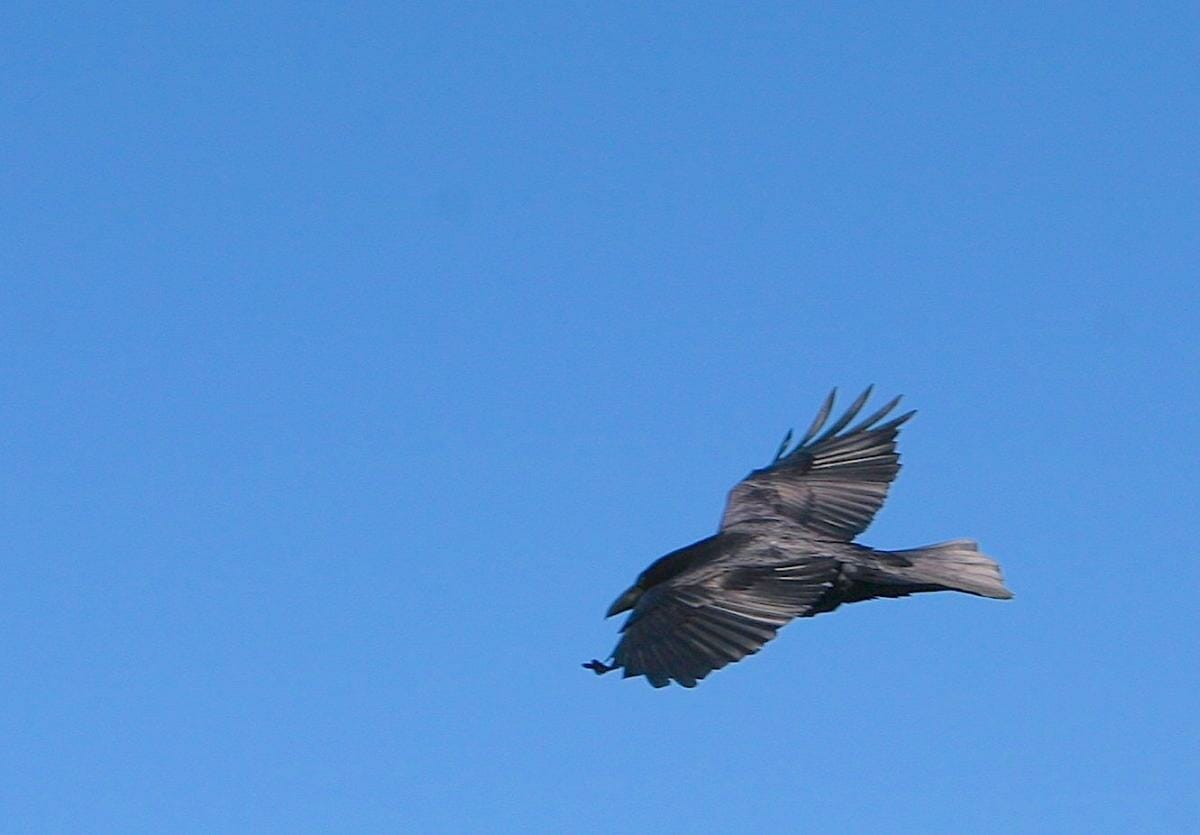Skills & Techniques
Respect Wildlife – Securing Food and Trash


As Subaru/Leave No Trace Traveling Trainers we focus heavily on the Leave No Trace principle Respect Wildlife. When we talk about how to minimize our impacts on wildlife, we stress both keeping food and trash away from wildlife, as well as staying a safe and appropriate distance from wildlife. Typically we end up concentrating on bears for the most part when we are teaching about Respect Wildlife. This week’s blog is about the importance of keeping food from the other types of wildlife out there. We had a chance to visit the Channel Island National Park in California last week and we had to deal with the unique wildlife on the island.
Ravens and crows deserve a lot of respect due to intelligence, collaborative abilities, and determination. Ravens have a diverse diet and will scavenge for anything they can find. They will forage for the crumbs left over after dinner to the cup of food you turn your back on for a minute. They can open zippers on backpacks to find food as well. Keep all your food and trash secure and even if you will only be gone for a second, take the time to secure your food while you are gone.
Mice are not only a problem because they can get into campers food supplies, but they also potentially carry Hantavirus. Keeping a clean camp is very important as well as securing your food by critter hanging it if you are in an area without bears. Critter hanging involves simply hanging your bag of food from a low hanging branch, so it is high enough off the ground that everything from mice to raccoons cannot access it.
In the Channel Islands National Park, California, on Santa Cruz Island there is an endemic fox called the Island Fox. This fox is both bold and smart. Like a raven it is able to open zippers of packs and even tents. It will scavenge in campgrounds, picnic areas, and backcountry campsites. If you turn your back on these foxes, they will steal the food right off your picnic table.
None of the examples listed are for how you can keep wildlife out of your camp or how to secure your food from them is new or groundbreaking. The challenge is not how to keep your food and trash away from wildlife, by taking the time to realize how damaging wildlife getting to our food can be. If animals become use to getting food from careless people, then they start to become attracted and habituated to humans. When habituation happens, larger impacts happen such as, dangerous disease like Hantavirus spreading from mice and litter being spread when ravens get into and tear open trash bags. Remember to keep a clean camp and your food and trash away from wildlife. Bear country keeps people alert to how important it is secure our food, but we need to extend similar consideration to smaller animals.
Thanks for reading and remember to be like Bigfoot and Leave No Trace.
Pat and TJ
Leave No Trace’s Patrick and Theresa Beezley are part of the 2013 Subaru/Leave No Trace Traveling Trainer Program that provides free, mobile education to communities across the country. Proud partners of this program include Subaru of America, Coleman, Hi-Cone, The North Face, REI, Smartwool and Yakima.
Related Blog Posts
Let’s protect and enjoy our natural world together
Get the latest in Leave No Trace eNews in your inbox so you can stay informed and involved.


